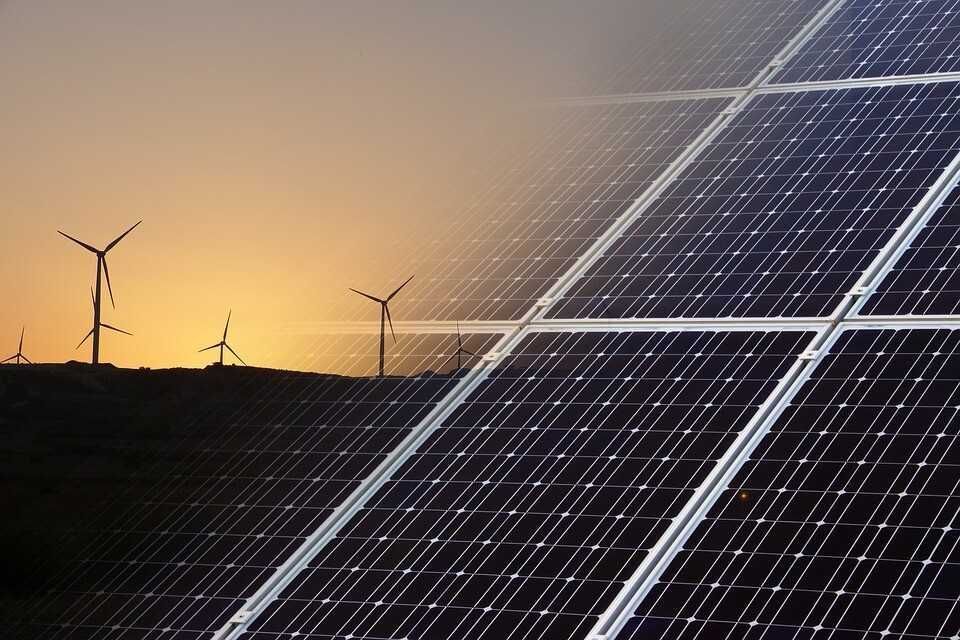Solar power is a renewable and sustainable source of energy that is becoming increasingly popular as we look for ways to reduce our carbon footprint and combat climate change. In this step-by-step guide, we will explore how solar power works and how it can be harnessed to generate electricity for homes and businesses.
Solar Panels
The key component of a solar power system is the solar panel. Solar panels are made up of photovoltaic cells that convert sunlight into electricity. These cells are typically made of silicon, a semiconductor material that can generate an electric current when exposed to sunlight.
Installation
When installing a solar power system, it is important to consider factors such as the amount of sunlight your location receives, the angle of your roof, and any obstructions that may block the sun. Solar panels are typically mounted on rooftops or in open fields to maximize their exposure to sunlight.
Conversion
Once the sunlight hits the solar panels, the photovoltaic cells generate a direct current (DC) electricity. This DC electricity is then converted into alternating current (AC) electricity using an inverter. AC electricity is the type of electricity that is used to power our homes and businesses.
Net Metering
One of the key benefits of solar power is net metering. Net metering allows you to sell any excess electricity generated by your solar power system back to the grid. This can help offset the cost of your electricity bill and make your solar power system even more cost-effective.
Battery Storage
Another way to store excess electricity generated by your solar power system is through battery storage. Batteries can store any surplus electricity for use during times when the sun is not shining, such as at night or on cloudy days. This can help you further reduce your reliance on the grid and maximize the benefits of solar power.
Environmental Impact
Using solar power has a positive impact on the environment. Solar power generates electricity without emitting greenhouse gases or other pollutants that contribute to climate change. By switching to solar power, you are helping to reduce your carbon footprint and protect the planet for future generations.
Conclusion
In conclusion, solar power is a clean, renewable, and sustainable source of energy that can help us transition to a greener and more sustainable future. By understanding how solar power works and how it can be harnessed to generate electricity, we can all take steps to reduce our impact on the environment and combat climate change.


